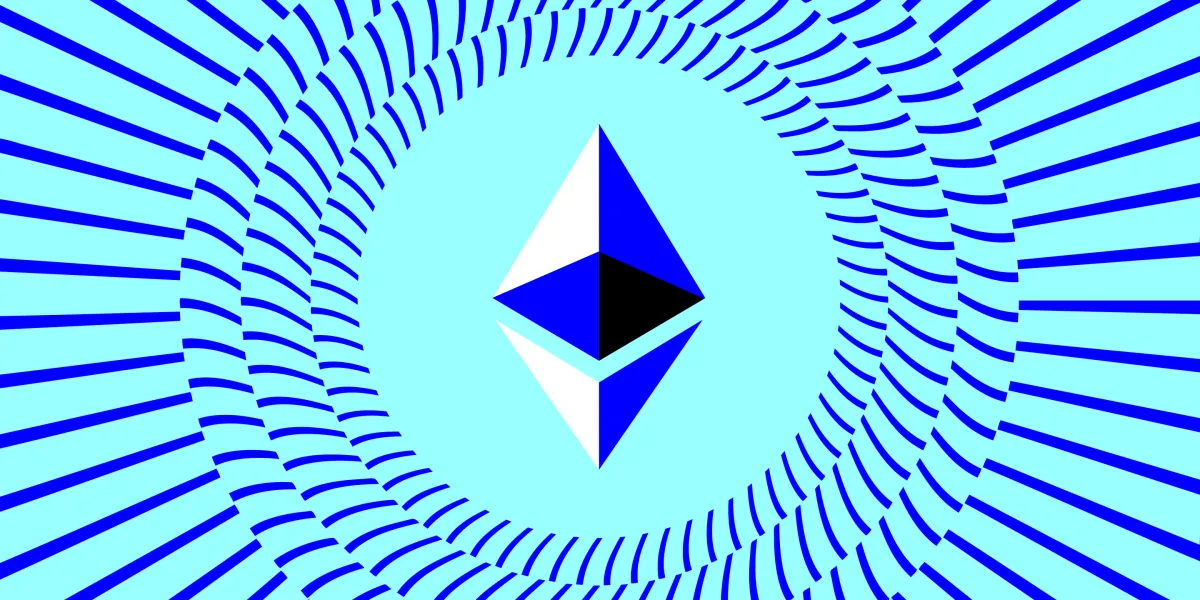The blockchain industry is witnessing increased competition, with Movement Labs, a software development team based in San Francisco, successfully raising $38 million in funding, as per a report by Fortune.
Polychain Capital, a leading crypto venture capital firm founded by Olaf Carlson-Wee, a former Coinbase executive, spearheaded the Series A funding. Other investors in this round included Hack VC, dao5, and Robot Ventures, all focused on digital assets.
This funding achievement by Movement Labs reflects a trend of significant investments in companies dedicated to blockchain projects. For example, Monad Labs secured \(225 million for a layer-1 blockchain project, while Berachain, another layer-1 developer, closed a \)100 million Series B funding round.
The increase in fundraising activities indicates a resurgence in crypto-focused venture investments and highlights the growing competition among companies striving to establish the next groundbreaking blockchain akin to Bitcoin or Ethereum.
In an exclusive discussion with Fortune, Movement’s co-founders, Rushi Manche and Cooper Scanlon, shared their vision of differentiating Movement by building a layer-2 blockchain on top of Ethereum using Move, a programming language initially developed by Facebook for its now-defunct stablecoin project, Diem.
Scanlon emphasized, “We are delivering Move to the front door of Ethereum, and it’s this ecosystem that we’re serving.” By incorporating Move, Movement aims to provide Ethereum users with improved security and performance through an advanced virtual machine.
Movement Labs’ roadmap includes the imminent announcement of its development network (devnet) and the planned launch of its mainnet in late summer or early fall. Additionally, the company is preparing to introduce its native token, tentatively named Move.
The Progress of Ethereum
The proliferation of new blockchains may seem overwhelming to external observers and industry insiders alike. Bitcoin, the original cryptocurrency introduced in 2009, was succeeded by Ethereum in 2015, ushering in the era of smart contracts and decentralized applications.
Despite Ethereum’s innovative features, developers faced challenges related to speed and transaction costs, leading to the emergence of layer-2 solutions on Ethereum and the rise of new layer-1 blockchains like Solana, promising enhanced transaction efficiency. However, recent congestion issues on Solana during the memecoin frenzy underscore persistent challenges.
Newly launched blockchains, Aptos and Sui, presented a unique proposition by leveraging the Move programming language and the Move Virtual Machine, developed by former Facebook engineers. While these blockchains showcased improved performance capabilities, they struggled to establish vibrant ecosystems due to a lack of community support.
In contrast, Movement is pioneering by constructing its layer-2 solution on Ethereum while harnessing the Move programming language and the Move Virtual Machine. The company is also developing Move Stack, a tool to facilitate the adoption of the Move Virtual Machine by other blockchain networks beyond Ethereum. Scanlon disclosed that they have received interest from various blockchains, including Avalanche and Binance Smart Chain.
At the heart of Movement’s strategy is the belief that developers will be drawn to the intuitive Move programming language, designed to be more user-friendly than existing languages like Solidity, while seamlessly integrating within the Ethereum community. Manche stressed, “We’re bringing the language that Facebook built to Ethereum.”

